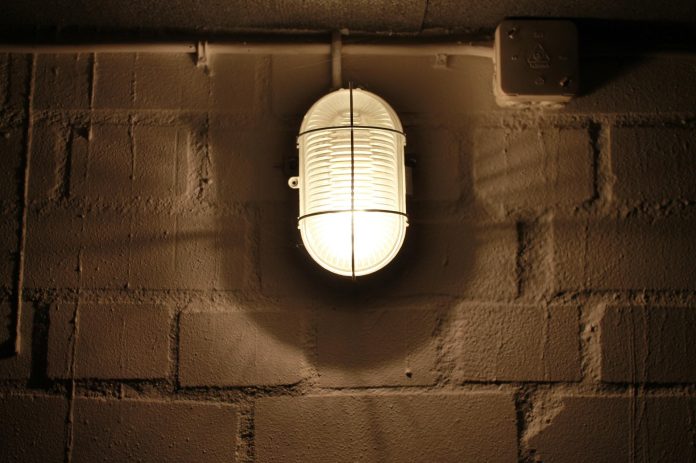Unfinished basements account for up to 30% of home energy loss during summer cooling, yet most homeowners focus on windows and doors for efficiency improvements. Concrete foundations conduct cool air away from living spaces, while exposed rim joists create air leaks that force air conditioning systems to work harder. The stack effect draws warm air from basements through the entire house, making upper floors harder to cool and increasing energy bills.
Sealing rim joists with spray foam and insulating basement walls can reduce summer cooling costs by $500-1,200 annually for average homes. The investment typically pays for itself within three years through lower utility bills. Professional energy audits reveal that basement improvements often provide better returns than window replacements or new HVAC systems during peak summer months.
Basement humidity becomes particularly problematic during summer because warm, moist air enters through foundation cracks and mingles with cool basement air. This creates condensation that promotes mold growth and makes the entire house feel muggy. Dehumidifiers help, but addressing the root cause through proper sealing and insulation provides permanent solutions.
The stack effect intensifies during summer because temperature differences between basements and upper floors create stronger air currents. Cool basement air rises through the house, pulling warm, humid outside air through foundation cracks and openings. This continuous air exchange forces air conditioning systems to work constantly to maintain comfortable temperatures.
Rim joists, the horizontal boards that sit on top of foundation walls, represent the most significant energy loss areas in basements. These wooden boards shrink and expand with temperature changes, creating gaps that allow air infiltration. Sealing rim joists with spray foam creates an airtight barrier that prevents conditioned air from escaping and outside air from entering.
Basement wall insulation requires careful consideration of moisture management. Traditional fiberglass insulation can trap moisture against foundation walls, leading to mold growth and structural damage. Rigid foam insulation or spray foam applications create moisture barriers while providing thermal protection. Professional installation ensures proper vapor barrier placement and prevents costly moisture problems.
Ductwork in basements often lacks adequate insulation, allowing conditioned air to warm up before reaching living spaces. Sealing duct joints with mastic and wrapping ducts with insulation prevents energy loss and improves system efficiency. This relatively inexpensive improvement can reduce cooling costs by 15-20% during summer months.
Floor insulation above basements creates additional thermal barriers that prevent ground temperatures from affecting living spaces. Properly installed floor insulation maintains consistent temperatures and reduces the workload on HVAC systems. This improvement becomes particularly important in homes with hardwood or tile floors that conduct temperature readily.
Basement windows often receive minimal attention during energy audits, but they can represent significant energy loss areas. Single-pane windows and poor sealing around window frames allow conditioned air to escape. Upgrading basement windows or adding storm windows provides immediate energy savings and improves comfort throughout the house.
Air sealing extends beyond rim joists to include penetrations for utilities, plumbing, and electrical systems. Gaps around pipes, wires, and ducts create pathways for air infiltration. Sealing these openings with appropriate materials prevents energy loss and improves overall system efficiency.
Discover more from Northeast Ohio News
Subscribe to get the latest posts sent to your email.












